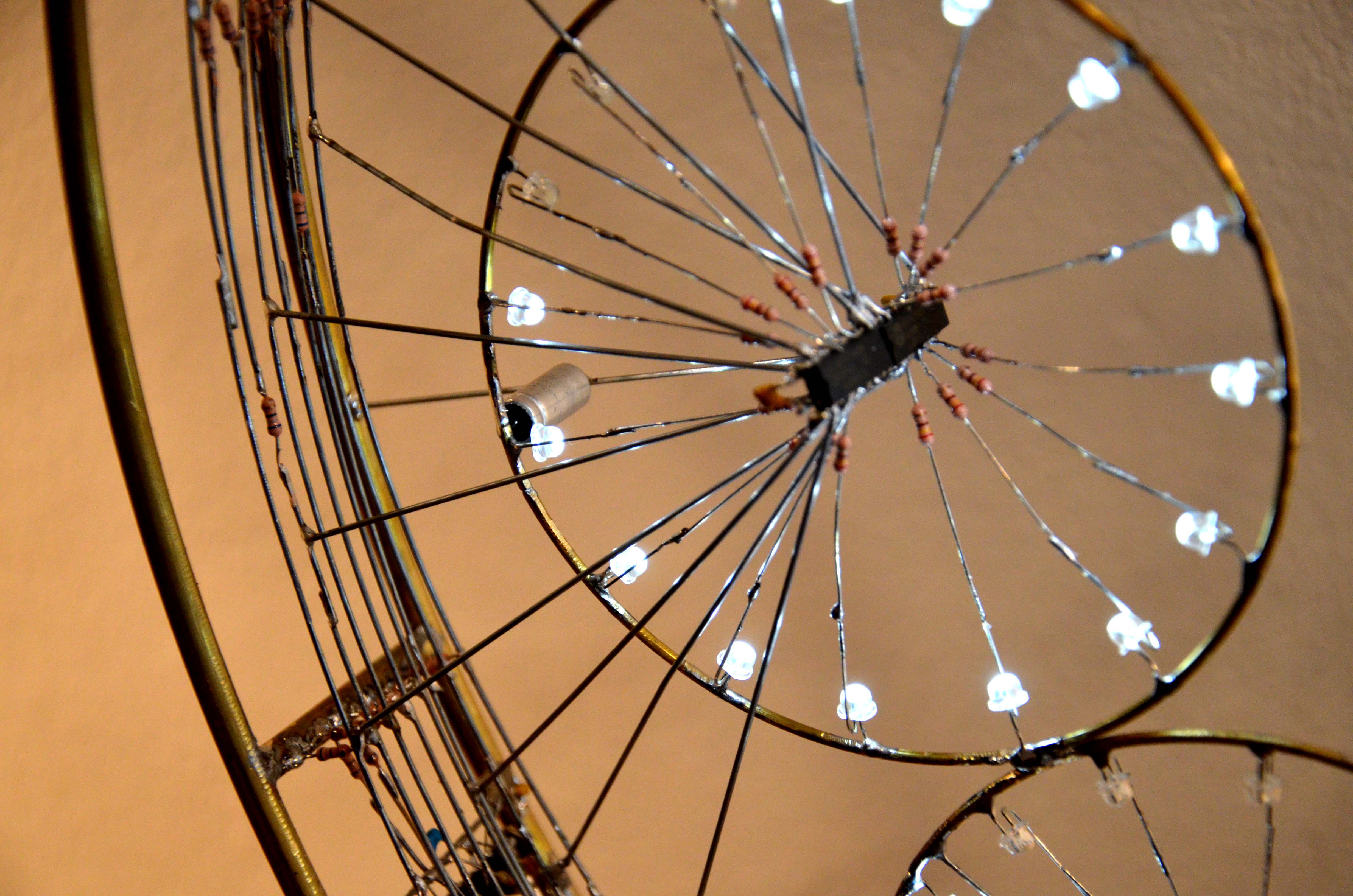
Le Boucher : you see anything but the power supply and the contenc of integrated circuits packages.
Transparency
1. Introduction. 2. Developments. 3. References. 4. Varia to be edited.
1. Introduction
Should digital artists show the mechanics of their work, or hide it ? Both attitudes are present, sometimes in different works of a same artist. Actually, it is as impossible to show everything as to hide everything. Then we can enter in the subject with some examples.
- Motors are generally shown by
Pe Lang, who uses them to move small rings along horizontal lines. They are generally hidden by Elias Crespin , for example in
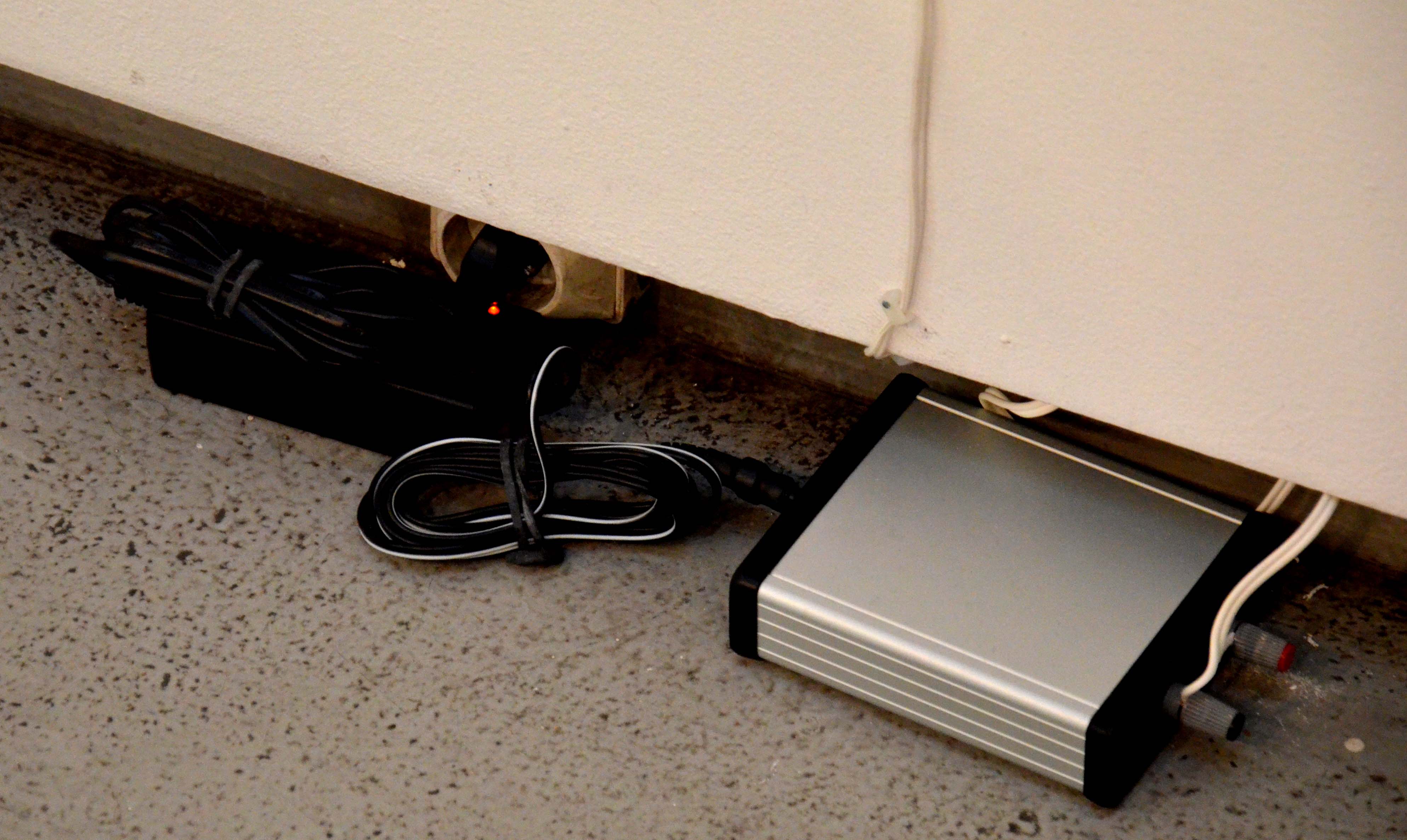
Typical in a gallery showing digital art : the power supplies are hidden, fon instance a the base of partition walls.
- Alain Le Boucher sets a complete display or the material as central in his artistic project. But he hides the power supply and, of course, he cannot display the internal parts of the microcontroller chips he uses. Would they visible, anyway, their scale is much too small for a visual appreciation.
- Complete computer systems are encased in plexiglass mountings in Particle Springs, by LAb[AU], including the power supplies. But of course, the microprocessor chip remains inside its original package.
- Theoretical considerations could take rather far, for instance to the theories of Clement Greenberg about modern art.

Two moddes of transparency
- above, the work lets itself (and its "bowels") be seen, possibly hiding what it is supposed to present
- below, the work is transparent and is not visible as such (though playing at least a filter role), but gives the impression to the spectator that they see "immdiately" the object presented.
Note that "transparency" may be understood two ways (see figure). Of course, it is mainly the first way we deal with here.
2. Developments
1. Physical parts, mechanics, motors
A work of art is the assembly of several parts.
Generally, an artist will merge the parts "seamlessly" in order to produce a unified work. In some cases, the assembly is quite coarse, and even let apparent as a kind of artistic effect. Think of the surrealist collages and cadavres exquis. On the other hand, Ingres and some photographers used collage in the realization process of their works, but hid it.
Such researches bear a nearly mystical dimension. If LAb[AU] or Le Boucher reacha summits, would it not be possible to look farther. For instance, to cut the umbilical cord, the last link to a hidden life source, and integrate a battery or solar cells. Then you would reach the perfect autonomy of a sculpture, unique in the world of arts, as says Greenberg : "A work of sculpture, unlike a building, does not have to carry more than its own weight, nor dos it have to be on something else, like a picture; it exists for and by itself literally as wel as conceptually. And in this self-sufficiency of sculpture, wherein every conceivable as well as percepible element belongs altogether to the work of art, the posivist aspect of the modernist "aesthetic" finds itself most fully realized". (Art Magazine, June 1959).
The artistic project of Le Boucher, led over several decades, focusses on a resolue will to show everything. His wire sculptures present leds managed by micro-controllers, and an absolute rule : everything must be visible, from the integrated circuit packages to the last resistor (with only one exception : the power supply box). But there is a double limit :
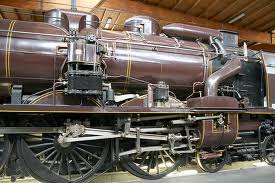
Pacific 231, the beauty of power mechanics. One of the last, (1936) and most technicall advanced, steam engines. From Flickr
- even for the simplest components (resistors, capacitors), to see them is not to understand their function, and even less the global design of the electronics ;
- an important part of the structure and its complexity lies in the micro-controllers, which along the years became more and more powerful (and materially a little larger).
Then the transparency aim, which would give the spectator a complete comprehension of the work operations, is impossible. Which does not negates the pleasure to contemplate the rich evolutions of the lights set into the material contraption. It can be compared to the beauty of old time steam engines. Men of my generation (born in the 1930's) contemplated their arrangements of pistons, rods, cranks and wheels. Part of the magics remained hidden around the boiler, but it did not matter. It is the same with sorcerey à la Harry Potter : you see the magic wand, you hear the formula, but you don't know really how it works.
Elias Crespin uses "prepared dc motors". We see or not the motors, but we do not know the kind of "preparation" they have been submitted no. Nor, anyway, the kind of software that controls them.
In some cases, mechanics can be quite "transparent", when the work is made of linear elements, like in some wire sculptures, in the Tinguely constructions and of course with the use of transparent materials.
A sort of hyper-transparency is provided when the parts are marked, or underlined (like the flats and contours in comic books)/
2. The digital hardware
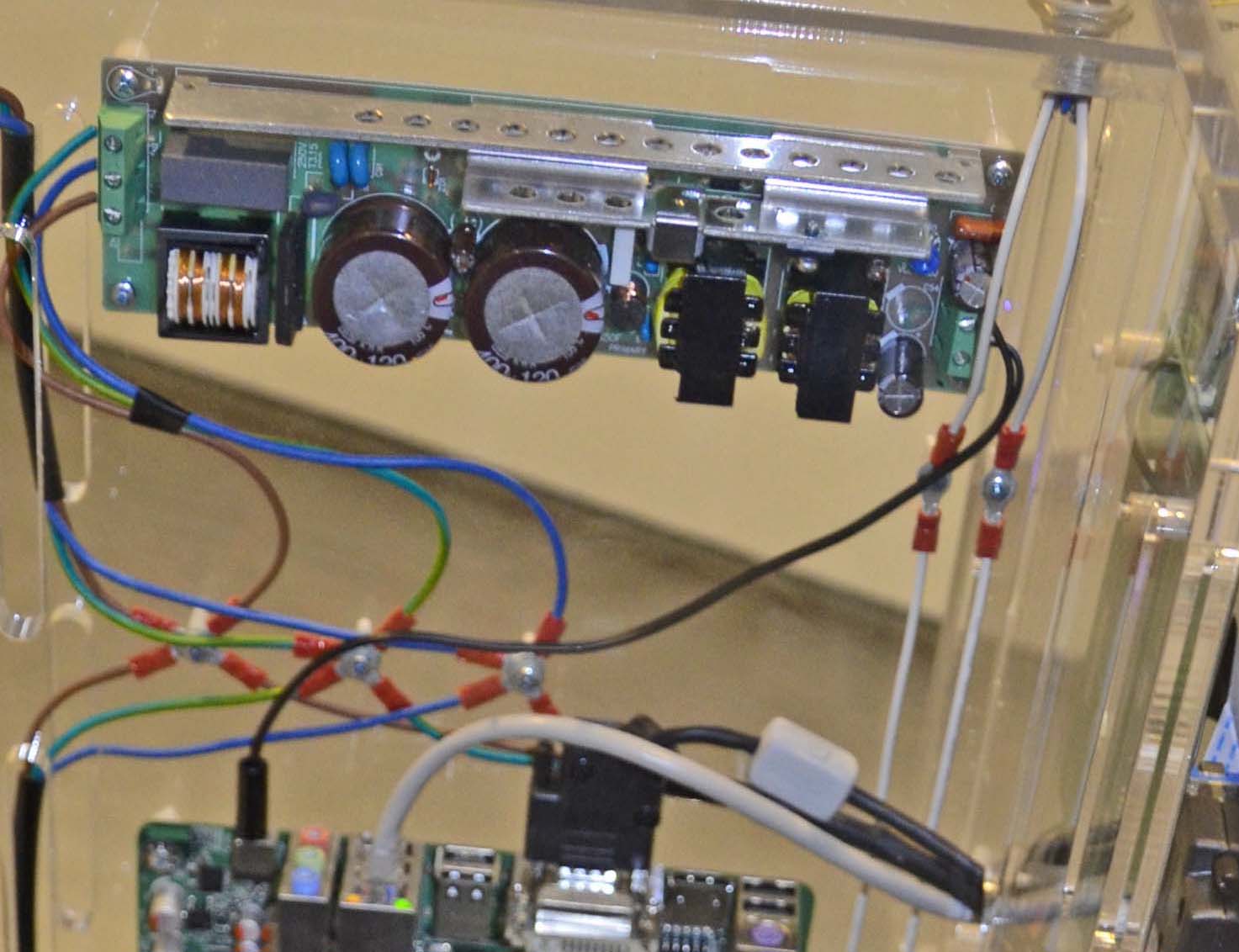
Power feed and processor in Particles Spring, by LAb{AU].
But digital devices put up two radically obstacles to this transparency : the chips and their high complexity is necessarily hidden for reliability and anyway too small, for cost and operations speed,
You do not see the intimate parts of a screen or of camera, for instance.
The power feed is a necessary part of any digital work. In most cases, it is hidden, inside the plinth or at the base or a partition wall near it. LAb[AU] is perhaps alone , in Particle Spring, to integrate it n the plexiglass casing. But there remains the connecting wire to the mains. This could be avoided with batteries or solar cells. It would made the transparency more complete, and at the same time give it a material autonomy : it becomes portable, or possibly a moving system with wheels or legs.
3. Software
Software is opaque by its mere complexity. Even if you have the full source code, it may be difficult if not impossible to see what it means.
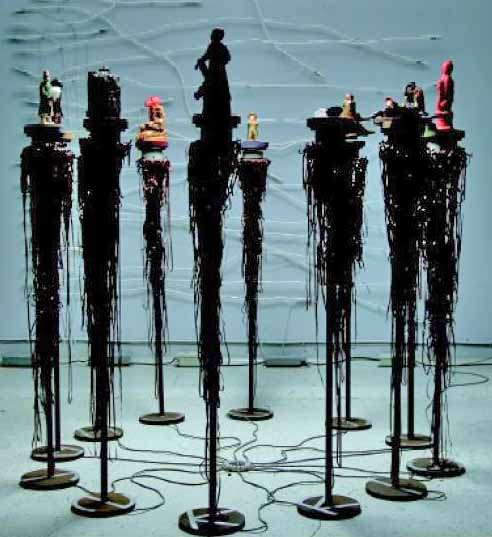
Sarkis, Passages. In this work, the artist let purposely visile the wires between the different figures, as expression their relationship.
4. When does the display actually matter ?
To show is
- sometimes easier : no effort to hide. carelessness
- sometims harder: must be clean, beautiful in itself. . transparent pat, clear disposition, be understood by all.
The two ways have pros and cons :
- in the antique tradition of painting, what counts is to show the world, and the work has to disappear, as soon as one accept to look inside its frame
- in the abstract art way, the work is no longer figurative ; it must show itself.
That would perhaps be the most important issue.
One case, typically Le Boucher or LAb[AU], when it is explicitly part of the artistic project. But why ? Here are several possible reasons :
- the work of arts speaks of itself; that goes with the Greenberg's conception of art;
- a will to demystify technology and art,
- a will to explain how the works operate,
- a pleasure to show mechanisms and devices that have their own aesthetics.
There are also reasons to hide parts :
- the material implementation of the work is not pertinent for the artistic project ; on the contrary, the work is designed as a representation of something else ; for example, in the tradition of Alberti's perspecdtive, the canvas (and today, the screen) is a window opened on a real or imaginary work;
- ergonomic simplification, in order to let the mind concentrate on the major aspects (See the Mourad Abed PhD memoir);
- protection agains dust, light, heath, shocks or undue intervention;
- parts considered as dirty.
5. Games
The pleasure in games comes, in part, from a progressive discovery : learn the rules, climb up the levels... Even when the rules and the material device is simple (like in chess), you never end the quest to deeper and deeper understanding of its possiblities.
6. The environment
Tranparency and hide/display bear also on the work environment. Referring the four Aristotlean causes (matter, form, efficient cause, finality), what we have said above relates mainly to the matter. But the issue may be raised about the other causes.
Efficient causes relates to the generative process of the works. In most cases, this process is not displayed. Would it be only to forget the trial and errors of the generation, from the sketch to the final product. The creation processes are shown only in art schools. But cinema has, for long, showed pictures of the filming. The DVD frequently proposes, as a bonus, the "making of". You can also visit some production studios in Hollywood. The biography of an artist, the status and past of a studio, the history of a movement, are presentations of these efficient causes.
Final causes are expressed in the artistic discourse. Its importance and development differs strongly from an artist to another. It's known, for instance, that Hollywood does not publish its design rules, when Eisensteiin is famed for his theoretical texts. See for instance Lawson.
There are always some "hidden agendas" : political or commercial aims.
Last not the least, conceptual art is somehow a work reduced to its project.
How far are "formal causes" shown of displayed ?
Communication documents, documentation and critics are another form of environment, partly aiming to open views onto and into the works.
7. Find the right balance
As always with aesthetics, the best practices come from a good balance between clarity and modesty. Perhaps is there a point of appropriate balance, as we have shown about the "uncanny peak" in the complexity/beauty issue. How far do we cove our body ?
Could a proper combination ot the two way give the best of two worlds ? Impressionism shows the world, but lets physically its "touch" (or strokes) apparent, and at the same time focusses more on the "impression" than on the object itself. In poetry, the faithful description of the world are sacrificed to aesthetic criteria intenarl to the work (metrics, assonances), with possibly a loss of precision and a gain in expressivity. [Leech] goes farther when he shows how lexical and syntactical transgressions are a major way of expression.
Hide and display can also be seen hierarchically, as a succession of levels. When a work becomes more complex, it cannot be fully apprehended in one step, one view. You must have different levels, separated by quite clear and sharp steps, as we show in the figure. In instruments, it may just be the difference between front and backpane, the second one being used only for maintenance, repair and possibly trimming.

Jumps betweeen different levels of complexity.
3. References
< On the forms of animals, by Aristotle.
< Ergonomics, by Mourad Abed, PhD memoir.
< The Collected Essays and Criticism, by Clement Greenberg. Editd by John O'Brian. The University of Chicago Press, 1995.
< Film, the creative process, by John Howard Lawson. Hill & Work, New York, 1964.
4. Varia to be edited
The digital
Discrete, immaterial
Show the pixels
We tend to think that, as soon as complexity becoms high, the hidden part of the work is growing. In particular when there is programming, since nothing is more opaque than code, even for the author itsefl, when he has not touched up the code for some monthes.
Text. Literature. Poetry.
Preface, indexes. Comments.
Hypertext
Music
The orchestra. The broadcast, the CDs
Wagner hides the orchestra. mixes the timbres.
Zygel. Introduction by the director. Program.
Hear several times
Painting, photography.
The pixels. The painting touch
Generative
, being static and 2D, offer little possibiliy, beyond letting some traces of the creation process (pencil lines, for instance)
One may open the studio. Picasso.
Photo touch up. Painting : sketch, repentirs
2D, but maybe a screen or tablet, with the computer or CDRom behind
Cinema, video .
Basic shutting into frames. /Montage
(including video of performance arts) animation and gales are 2D and mobile. The generating process may be shown (the making of)
Final. Explain he project. Give hints on the way you operate. Eisenstein.
Sculpture
, objects an design, light art, cinetic art, architecture, even robotics offer a wide range of hiding/display of the matter itself. Le Boucher, Tinguely.
"A work of sculpture, unlike a building, does not have to carry more than its own weight, nor does it have to be on someting else, like a picture; it exists for and by itself litterally as well as conceptually. And his self sufficiency of sculpture, wherein every conceivable as well as perceptivble elements belong altogether to the work of art, the positivist aspect of the modernist "aesthetic" finds itselfmost fully realized". Greenberg, The collected essay. vol. 4 p. 61).
Non limited to planar (cabling)
Parts hidden in Couchot etc. See the cinetic art.
Brussles motors
Performance
: body, dance, theater
Performance arts (music, dance, theater) sometimes show their structures and what happens in the wings. Human body.
- modesty/decence.
- expresson
Bi-valent role of clothes, cosmetics, tattoes/excision..
in performance arts
the brain is hidden
wing, rehearsals
Gourfink
Programming
Programming, generative art. computational aesthetics, programming as a fine art
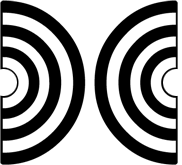
DICCAN'S PARTNERS:
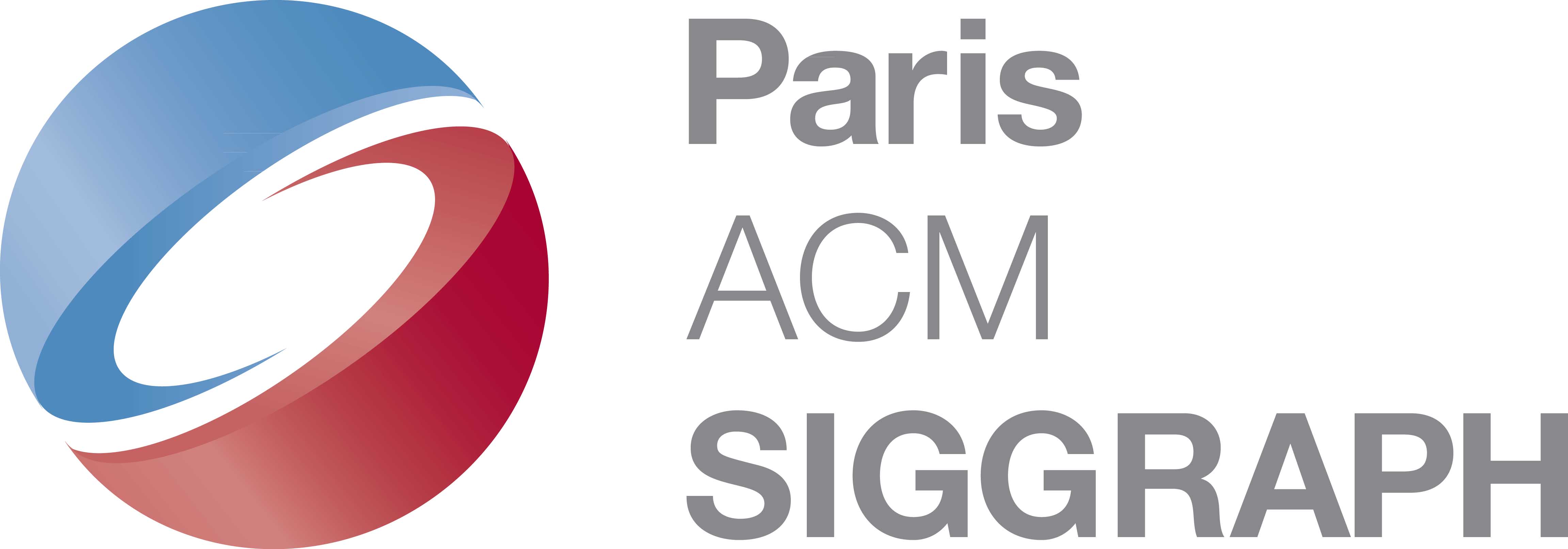
Paris ACM Siggraph, the French chapter of ACM Siggraph, worldwide non-profit organization of computer graphics.
